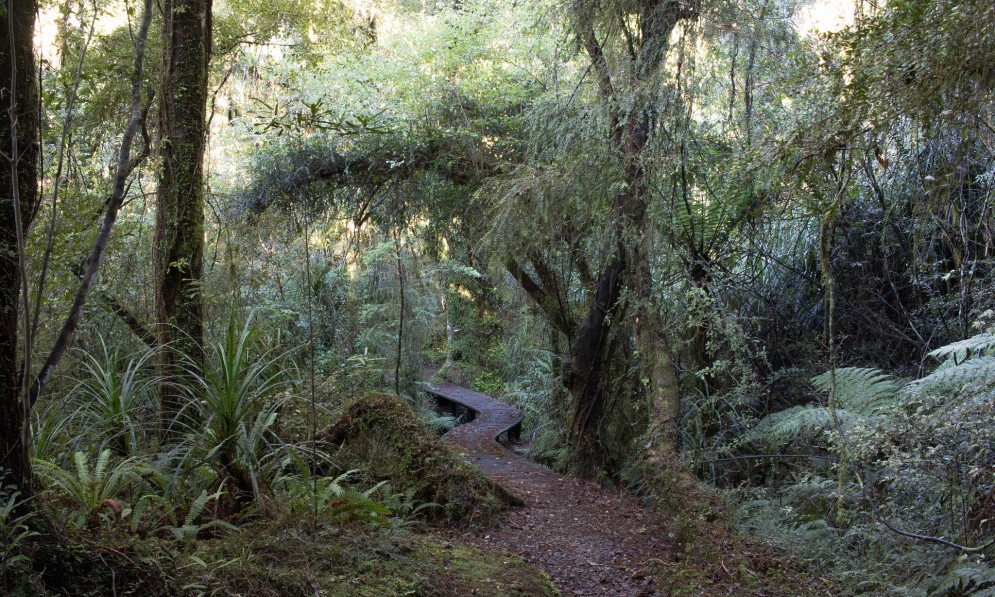Healthy native forests and robust carbon pricing will help New Zealand to have a zero carbon economy by 2050, says Forest & Bird.
A draft report by the Productivity Commission released today says it is possible for New Zealand to be carbon-neutral, but it requires big changes, including changes to the way we use land.
Agriculture is New Zealand’s greatest contributor to greenhouse gas emissions, and the report suggests it should be included in the Emissions Trading Scheme (ETS).
“We have always supported a robust price on carbon that includes agriculture just like any other industry in New Zealand,” says Forest & Bird Chief Executive Kevin Hague.
The report also identifies the country’s native forests as already storing massive amounts of carbon, and says this could be increased.
“Our native forests are storing at least 2 billion tonnes of carbon. That’s 25 times the amount of greenhouse gas New Zealand emits each year,” says Mr Hague.
“Our forests are an incredible resource. By getting rid of pests like possums and deer, which are destroying our forests, we could increase the amount of carbon being stored both in our trees and in the forest soils.”
“Healthy native forests and their soils are also our best protection against some of the impacts of climate change,” says Mr Hague.
“By slowing the movement of water across the land, and soaking up greater amounts of water before it runs off, forests and their soils help reduce peak flood levels, and support river flows in periods of drought.
“Climate change is an enormous threat to our precious native species. This draft report from the Productivity Commission shows making New Zealand carbon-neutral is possible. Now we need to act to make it happen."
Notes for journalists:
- The National Greenhouse Gas Inventory is the source for information on how much carbon our native forests are storing.
- Carbon is stored in plants through the process of photosynthesis, in which plants take carbon dioxide from the air through their leaves and, using energy from light, turn it into sugars and woody material. By reducing the amount of leaves and plants in a forest, pests effectively reduce the amount of carbon that trees can store.

